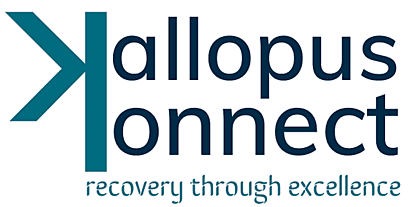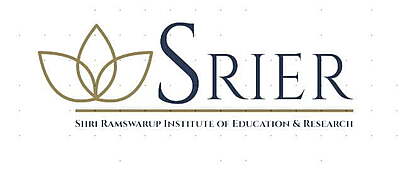What are Speech and Language Disorders? A Beginner's Guide
Have you ever wondered why some children or adults struggle with talking, understanding, or being understood that’s because of Speech and Language Disorder. The words “language” and “speech” are often used interchangeably in casual conversation, but in the context of communication disorders, it is important to understand the differences between them. In this post, I’ll walk you through the basics of what these disorders are, how they differ, and what you can do if you’re concerned.
Hi everyone, This is Gunashreya Raj, and I'm a Speech Language Pathologist passionate about helping children and families understand the world of communication and communication disorder. As a Speech-Language Pathologist I created this blog to share simple, reliable information about speech and language development, Communication disorders and parental tips.
First, What’s the Difference Between Speech and Language disorder?
Speech and language are related, but they’re not the same:
Speech disorders and language disorders may occur separately Or an individual may have both kinds of disorders at the same time. The difference between the both is if the child has difficulty in understanding and expressing means then it is considered as language disorder ,if the child has difficulty in production of sound or in the flow of speech then it is considered as speech disorder.
Lets look into this briefly
What Are Speech Disorders?
Speech Disorder means the person may have difficulty in the production of sounds, in the flow of speech or in the voice of an individual. Based on this it is classified into three types
- Speech Sound Disorders
- Voice Disorders
- Fluency
Speech Sound Disorder: Impaired production of individual speech sounds or sequences – saying “wabbit” instead of “rabbit”
Voice Disorder: Abnormal voice quality sounding hoarse, too loud, or too nasal
Fluency: Disruption to the flow of disorder stuttering or hesitating a lot while talking
What Are Language Disorders?
Language is how we understand and use words to communicate. It includes:
- Understanding which is also called as Receptive language
- Expressing which is also called Expressive language
- Social language which is also called Pragmatics
A language disorder means a person has difficulty understanding what others say or expressing themselves and based on this the language disorders are classified as
- Receptive language disorder – trouble understanding directions or questions
- Expressive language disorder – difficulty putting words together, using correct grammar, or finding the right word
- Mixed receptive-expressive – trouble with both understanding and using language
Who Can Be Affected?
Speech and Language Disorder can affect people of all ages most commonly children.
Few Breakdowns of who can be affected are
IN CHILDREN:
Early childhood: This can be caused due to inadequate speech and language stimulation at early developmental stage which can also include excessive screen time in the early stages
Neurodevelopmental conditions: This includes Autism Spectrum Disorder, Attention Deficit Hyperactivity Disorder, Epilepsy, Intellectual Disorder
Hearing loss: The child with hearing may also have delay in speech or impaired speech.
Other Factors: Premature birth, Trauma, Structural abnormalities such as cleft lip and plate, Tongue tie and Genetic
IN ADULTS:
Acquired condition: Adults can develop speech and language disorders due to stroke, traumatic brain injury, or neurodegenerative diseases like Parkinson's disease or multiple sclerosis.
Voic: Vocal cord palsy, Vocal cord nodules.
Other conditions include: Damage to language areas in the brain due to Road Traffic Accident, Dementia, Carcinoma.
When Should You Be Concerned?
Here are some signs it might be time to consult a professional:
- Your 1-year-old isn't even making simple sounds like “ma” or “ba”
- Your child is hard to understand compared to other kids their age
- Difficulty following directions or answering questions
- Stuttering or repeating sounds often
- Avoiding talking altogether
- When the academic performance is low
- When your child faces difficulty in expressing his/her daily need.
- When your child misarticulates the words
What Can Help?
Speech and language therapy works! SLPs work with individuals one-on-one or in groups to improve communication skills. They also guide parents and teachers on how to support children with speech and language difficulties at home and in school
Final Thoughts
Understanding the difference between speech and language disorders is the first step for getting help. Early diagnosis and intervention can make a big difference, especially for children still developing these crucial skills.
If you’re ever in doubt, reach out to a qualified speech-language pathologist. The earlier the support, the better the outcome.
Thanks for stopping by! We are excited to help you understand more about speech and language disorder, and cheer you on every step of the way.





